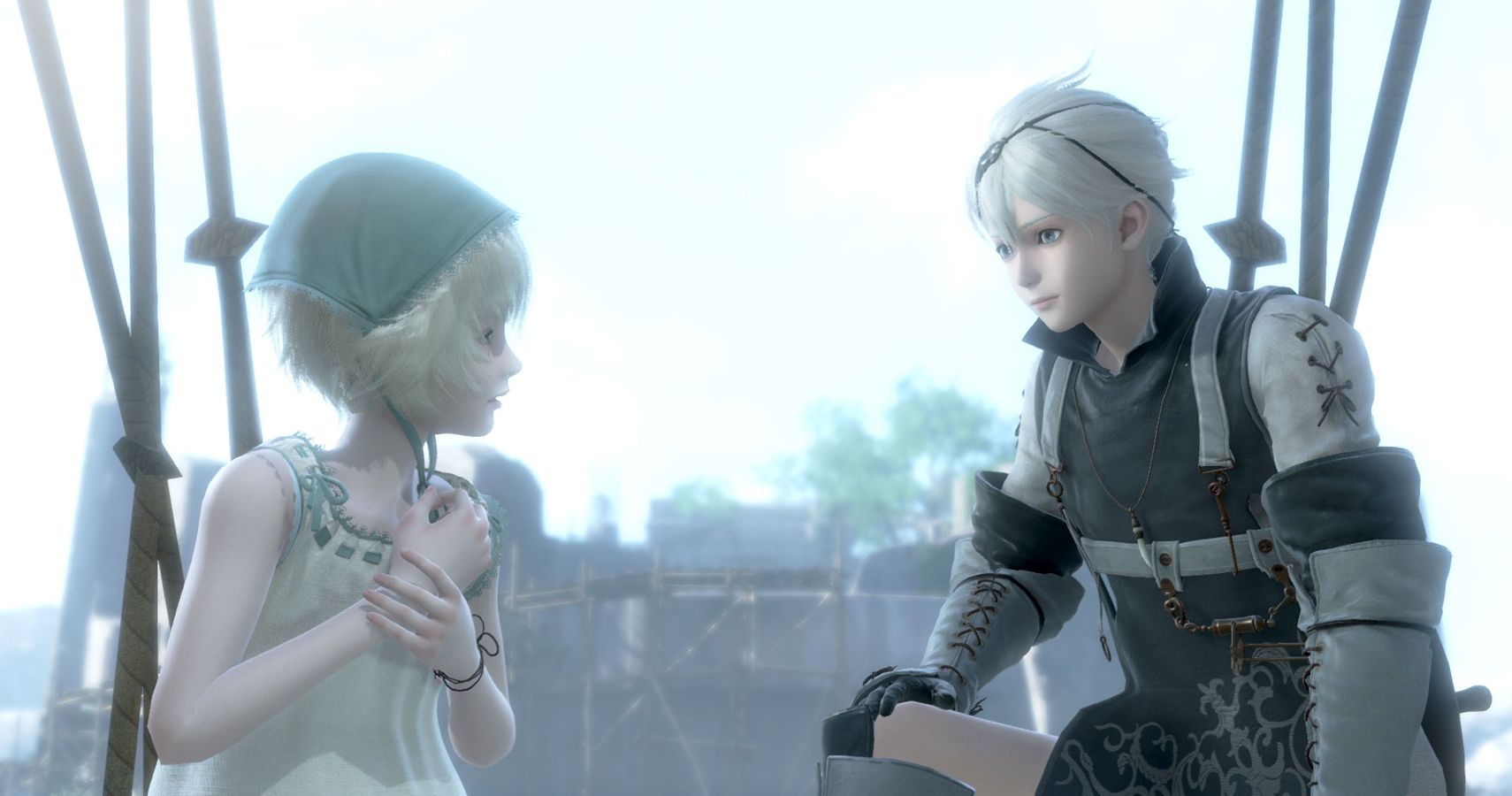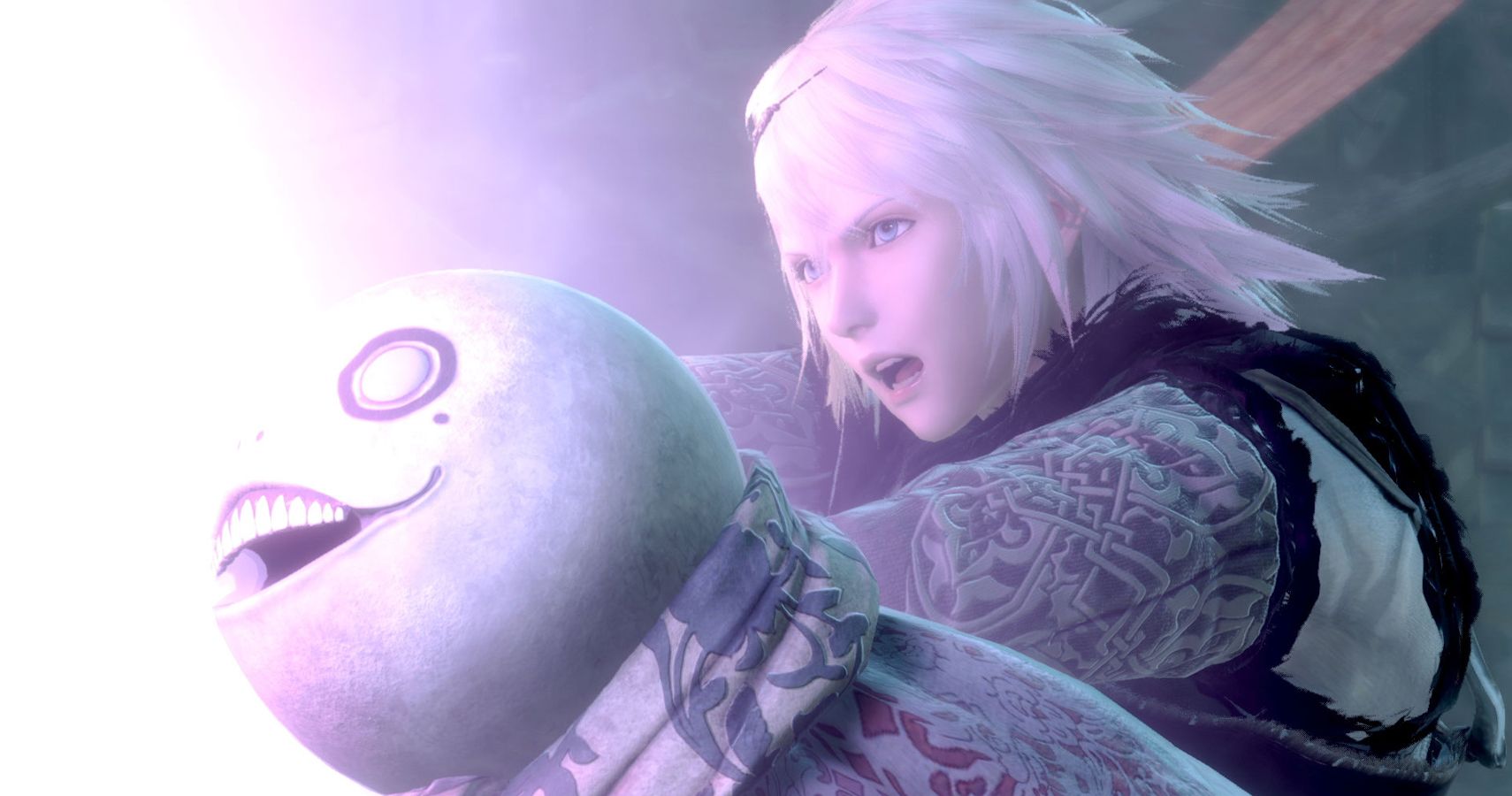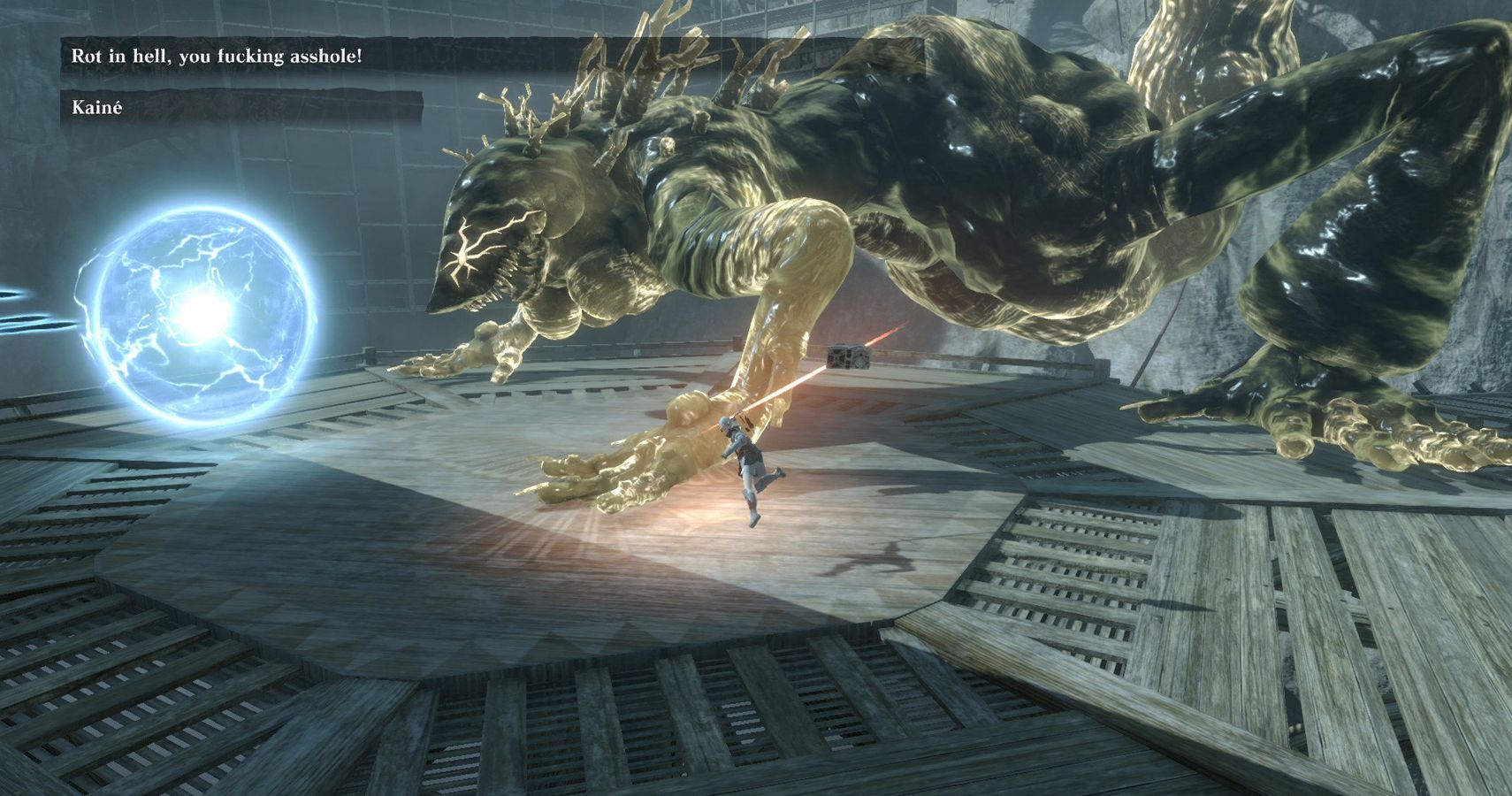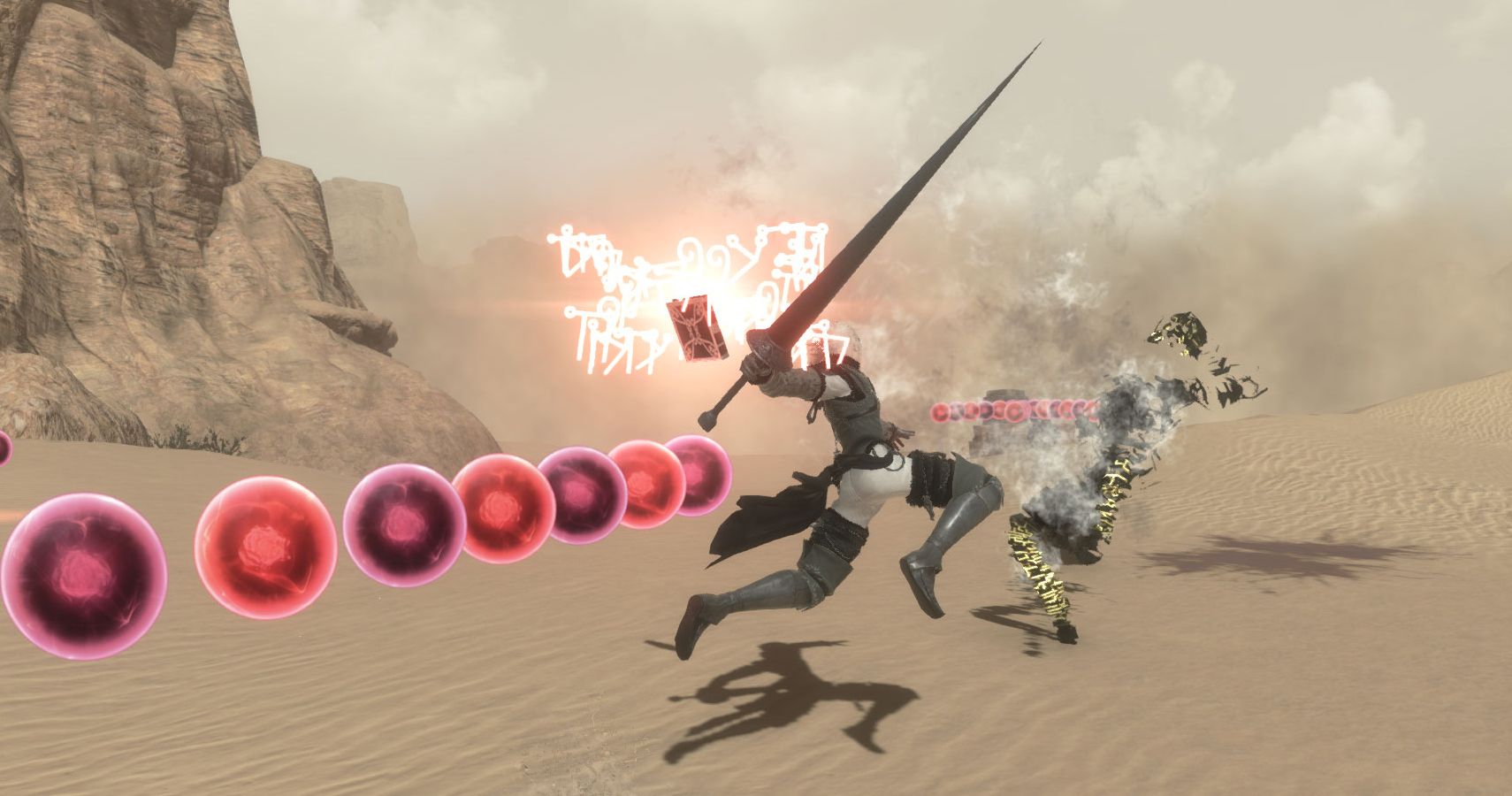Yoko Taro is one of my favorite creatives. You ask me what my favorite game from him is, and I, very meekly, will answer “Nier Gestalt” (or, in this case, Replicant). My first encounter with Nier on the PS3 was a beautiful but messy experience that always seemed quite divisive. Back in 2015, I even joined coworkers on a podcast to discuss how surprised I was that Square Enix would bother giving the series another chance with Automata. The story of Nier, Yonah, Emil, Weiss, and Kainé has always been my favorite in the running against 2B, A2, and 9S - but I’ve never felt comfortable recommending the original Nier to folks enthusiastic about Automata.
Now, years after my first playthrough of the original Nier, I’m playing Replicant’s remake and no longer feel the need to brace my friends for a miserable gameplay experience. So far, Nier Replicant ver. 1.224 - whatever that number is - is an incredible, refined version of one of my favorite games. Automata fans, this one's for you.
Thematically, Replicant newcomers can expect much of the same beats and emotional pull that Automata had. While I’ve always felt each had their own strengths across both tales, the original Nier had the better story - a stance I maintain after revisiting the world. Replicant is snappier, but still fills roughly the same amount of playtime its sequel did. If you loved every strange, expectation-defying touch in Automata, Replicant maintains the weird charm you’re searching for. It’s pure Yoko Taro.
One of the earliest areas, the Junk Heap, took me on an adventure befriending two brothers. Nier, the typical do-gooder protagonist, cannot resist the call to help someone in need, and it annoys every fiber of Weiss’ being. I had forgotten how much I adored the clash of personalities between Weiss - the smart-aleck, sentient book - and Nier, but the entire journey through that area was a reminder of what I adored about their companionship. Even completely disregarding the story at large, Replicant’s minute-to-minute meandering dialogue between the cast often has me in tears, both from laughing and from emotional distress.
Nier is divided into two parts, but I can only tell you a bit more about its first act, and that’s what lies in The Aerie. In Replicant, you’ll fight these odd beings called Shades, and I’ve long felt that their designs are a little uninspired when compared to Automata. Perhaps they still don’t fare well in that comparison, but I remember exclaiming, “oh my god, look at their colors!” as soon as I encountered a boss here, and a wave of relief washed over me.
When I saw that boss and then looked at Kainé, I realized how thoughtful these changes from Toylogic felt. Replicant has sort of always had this ethereal haze - it’s not a side effect from layers of color stripped down from the PS3 - but an obviously intentional design that delivers on Nier’s melancholy tone. That part is maintained, but the colors of enemies and elements in the world also shine through now. And when you suddenly realize that Shades have these more defined shapes and contrasting colors - something less evident or just not present in older versions - the attention to detail here becomes clear.
When it comes to combat in Replicant, things may not change as much as you may have expected in terms of how it works, but it’s still better. We know it’s not PlatinumGames behind the project, but I did have some expectation there that this would be more on par with the action of Automata, and it’s just not. That being said, I’m unbothered. Replicant’s remaster sports a fluidity that just wasn’t present before. No more awkward pauses when slashing at enemies, strained dashing, or clumsy dodges. Replicant feels smooth, precise, and thoughtful.
I will say, though, that on normal difficulty, the game seems almost too breezy in the first half, so I’ll likely increase that difficulty on a replay and see if that makes it a bit more satisfying. My memory insists that Replicant was harder, but I’m beginning to realize I only thought that because of performance issues. Things do get better in the second act, where Nier gains new levels of complexity to his kit, so you’ll be able to play around with more magic and change weapons on the fly. Regardless, Nier retains the core components of its original combat. You’ll use word editing to create equipable phrases for weapons, use Weiss for magic in battle, and slash away at enemies with the same one or two-handed weapons.
My original Nier experience feels like an extreme example of the clunky PS3 era. I distinctly remember asking my partner at one point if the game had some sort of stamina mechanic causing delays or if the frames were just dropping that bad. Unfortunately - it was a case of the latter. Now, when I play the remake, I finally feel like Replicant’s story is delivered in the package that I’ve always thought it deserves.




